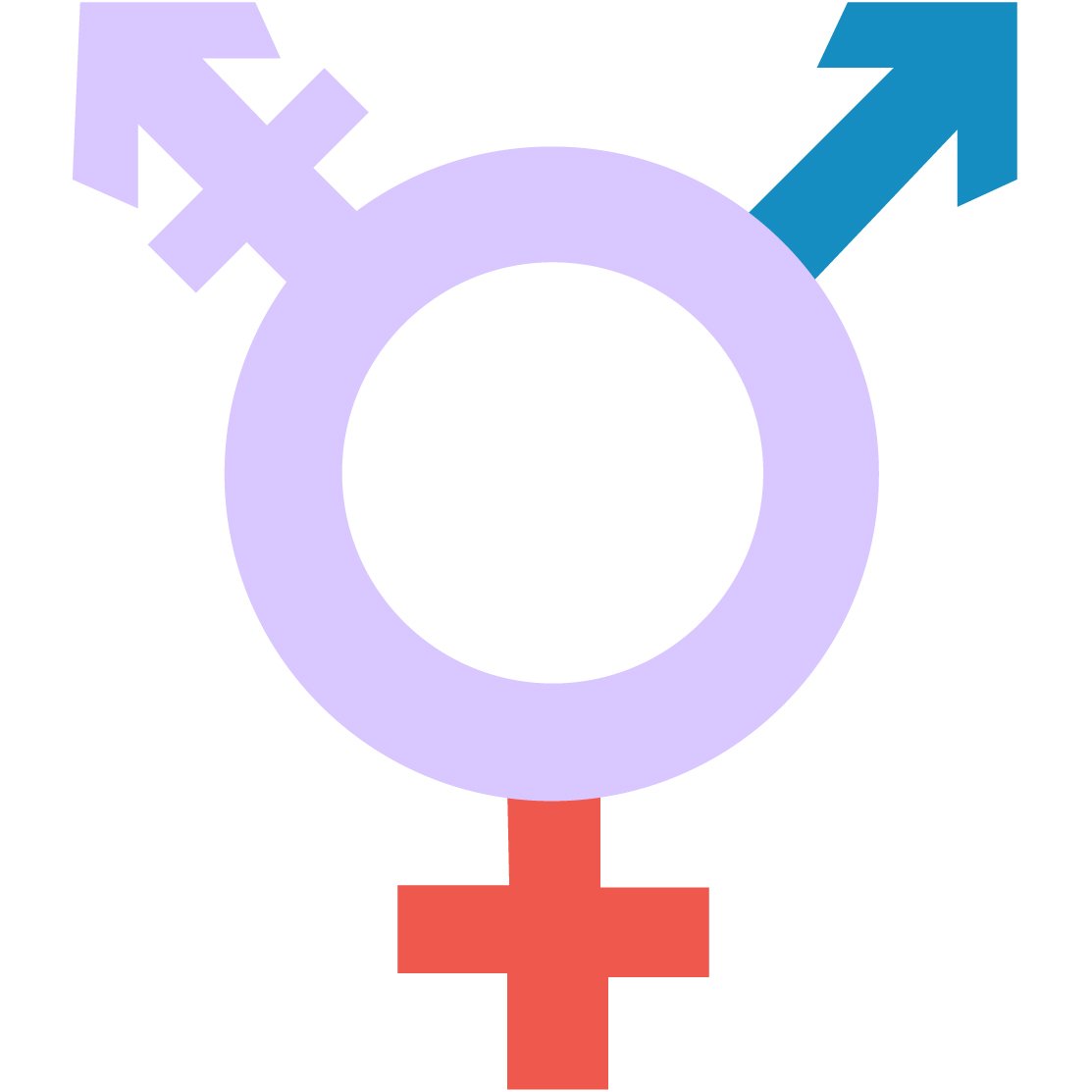Human Rights Violations
A human rights violation occurs when a person experiences discrimination in an area of daily living on the basis of a protected characteristic.
In order to prove that a violation has occurred, the BC Human Rights Tribunal looks for the following:
The complainant (a person or a group of persons) has a personal characteristic or is perceived to have a characteristic that is protected under the BC Human Rights Code.
The conduct of the respondent (for example, the employer or the service provider) negatively impacted the complainant.
The personal characteristic is a factor in the negative impact to the complainant.
65%
more human rights complaints were filed in B.C. in 2018/2019 than 2014/2015.
The B.C. Human Rights Code
The BC Human Rights Code can be found here.
Under the BC Human Rights Code, people are protected from discrimination in five areas of daily life. These areas are:
Employment
Housing
Services
Membership in unions and associations
Publications
In each of the areas listed above, people are protected from discrimination based on personal characteristics. The protected characteristics vary slightly for each area of daily life. Personal characteristics that appear in some or all of the categories are:
For more information on what each personal characteristic comprises, visit the Clinic’s website.
The B.C. Human Rights Tribunal
The BC Human Rights Tribunal screens, accepts, mediates, and adjudicates human rights complaints. Visit the Human Rights Tribunals’s website.
The Canadian Human Rights Act
The Canadian Human Rights Act protects people in Canada from discrimination when they are employed by or receive services from the federal government, First Nations governments or private companies that are regulated by the federal government.
For more information on how to file a complaint under the Canadian Human Rights Act, visit their website.

















